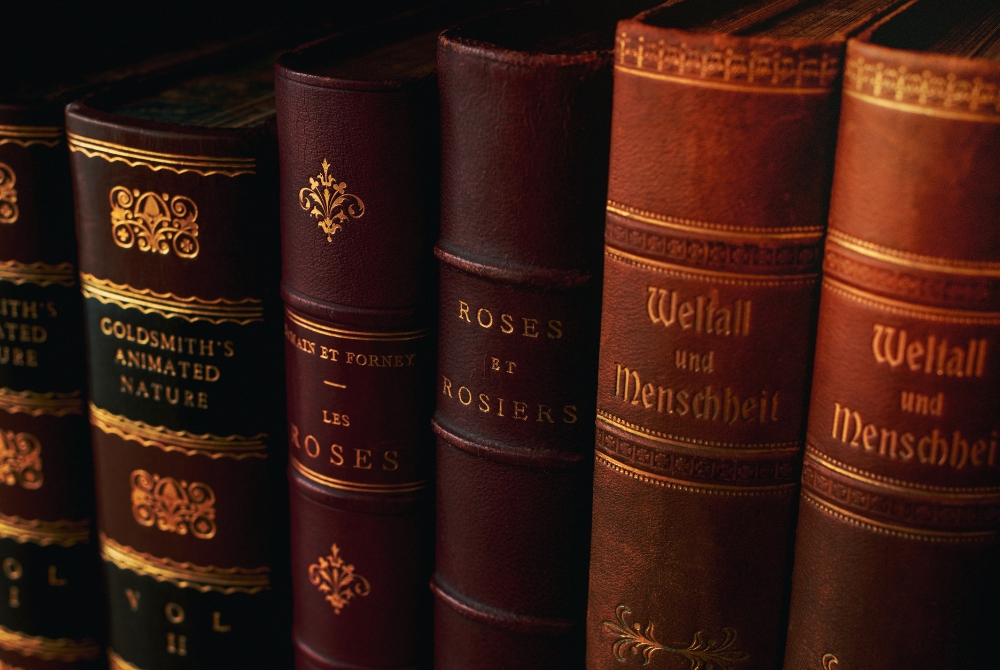If you pay any attention at all to copyright and public domain, you have probably heard the big public domain news happening this year – the original Mickey Mouse, Steamboat Willie is becoming public property. (Except, as we previously covered, it is not quite as big of a deal as it sounds, and it comes with a bunch of complications.)
That being said, there are lots of other popular works from 1928 entering into the public domain this year. In fact, there are so many that we will only be covering a handful of them in this post. You can find more at the Center for the Study of the Public Domain website – but even that list is not close to exhaustive.
Below, we’ll touch on the books, plays, films, music compositions, and sound recordings that people can now freely use starting this year – as well as the reason behind why there is a completely separate set of rules for sound recordings.
Chaplin, Christie, and Jolson, Oh My!
You read that correctly. Among the creations entering the public domain this year are works from Charlie Chaplin, Agatha Christie, and Al Jolson. Let us take a look at some of the biggest names in each category.
Books and Plays
- Lady Chatterley’s Lover – D.H Lawrence
- Dark Princess – W.E.B. Du Bois
- House at Pooh Corner – A. A. Milne, illustrations by E. H. Shepard (notable because this book introduces the Tigger character)
- Peter Pan; or the Boy Who Wouldn’t Grow Up – J. M. Barrie (Barrie’s 1911 novel “Peter and Wendy” has been public domain since 1967, but this is the script for the play)
- The Mystery of the Blue Train – Agatha Christie
- West-Running Brook – Robert Frost
Movies
- Steamboat Willie and Plane Crazy (silent version) – directed by Walt Disney and Ub Iwerks
- Oswald the Lucky Rabbit cartoons (the last remaining ones) – created by Walt Disney and Ub Iwerks
- The Cameraman – directed by Edward Sedgwick and Buster Keaton
- The Circus – directed by Charlie Chaplin
- The Passion of Joan of Arc – directed by Carl Theodor Dreyer
- The Singing Fool – directed by Lloyd Bacon
Musical Compositions
- “Animal Crackers” – book by George S. Kaufman and Morrie Ryskind, lyrics and music by Bert Kalmar and Harry Ruby)
- “When You’re Smiling” – lyrics by Mark Fisher and Joe Goodwin, music by Larry Shay
- “I Wanna Be Loved By You” – lyrics by Bert Kalmar, music by Herbert Stothart and Harry Ruby
- “Makin’ Whoopee!” – lyrics by Gus Khan, music by Walter Donaldson
- “Pick Pocket Blues” – Bessie Smith
Sound Recordings
- “Charleston” – recorded by James P. Johnson
- “Down Hearted Blues” – recorded by Bessie Smith; Tennessee Ten
- “Southern Blues and Moonshine Blues” – recorded by Ma Rainey
- “Tin Roof Blues” – recorded by The Original Memphis Five
- “Bambalina” – recorded by The Ray Miller Orchestra
Wait a Minute, Those Sound Recordings are Older Than 1928!
You are absolutely right. Remember how I said the rules are different for sound recordings? This is because sound recordings are covered under a different copyright law – the Music Modernization Act – and it is a bit further behind compared to public domain in general. The sound recordings that were made available for public use this year are all from 1923.
Why? Basically, sound recordings were not covered under public domain laws until recently, so they have some catching up to do. In 2022, everything from the first sound recording through the end of 1922 entered public domain. Last year, there was a pause. Now, this year, everything from 1923 is available to the public. Anyone will be able to download these recordings, use them in a soundtrack, or remix them.
And this brings us to why public domain matters in general.
The Importance of Public Domain
If you are reading this, you probably already have a pretty good idea why public domain works are so important, but I think it bears repeating: creativity and reinvention.
Copyright laws were put in place, partially, to protect the financial rights of the people who created those works. The idea is to ensure that other people will be prevented from stealing someone else’s creation and profiting off of it. However, copyright law is also for the public good – to stimulate creativity in useful arts and sciences.
The history of art and creative work is filled with examples of creators learning from and working with each other. Taking two existing creations and mashing them together to make something new and different or offering a different interpretation on an existing piece of work.
Quite simply, we want older works to be made available to the public for free because, in the hands of new artists, these older building blocks can become something new and amazing. Think about all of the different iterations of Shakespeare’s works that are out there. Or the various retellings of The Iliad and The Odyssey.
So, as they say: new year, new you – and a new crop of public domain works to give modern creatives more material for creating new works. How about you? Does this list give you any ideas?
